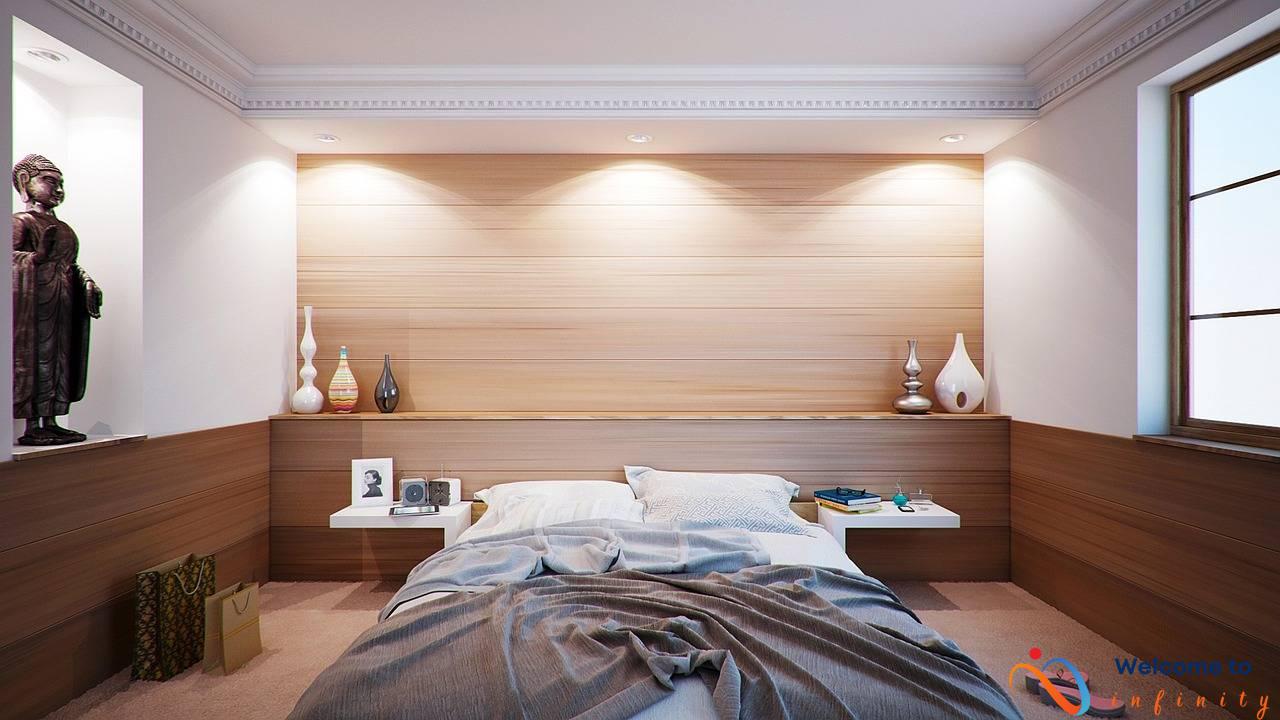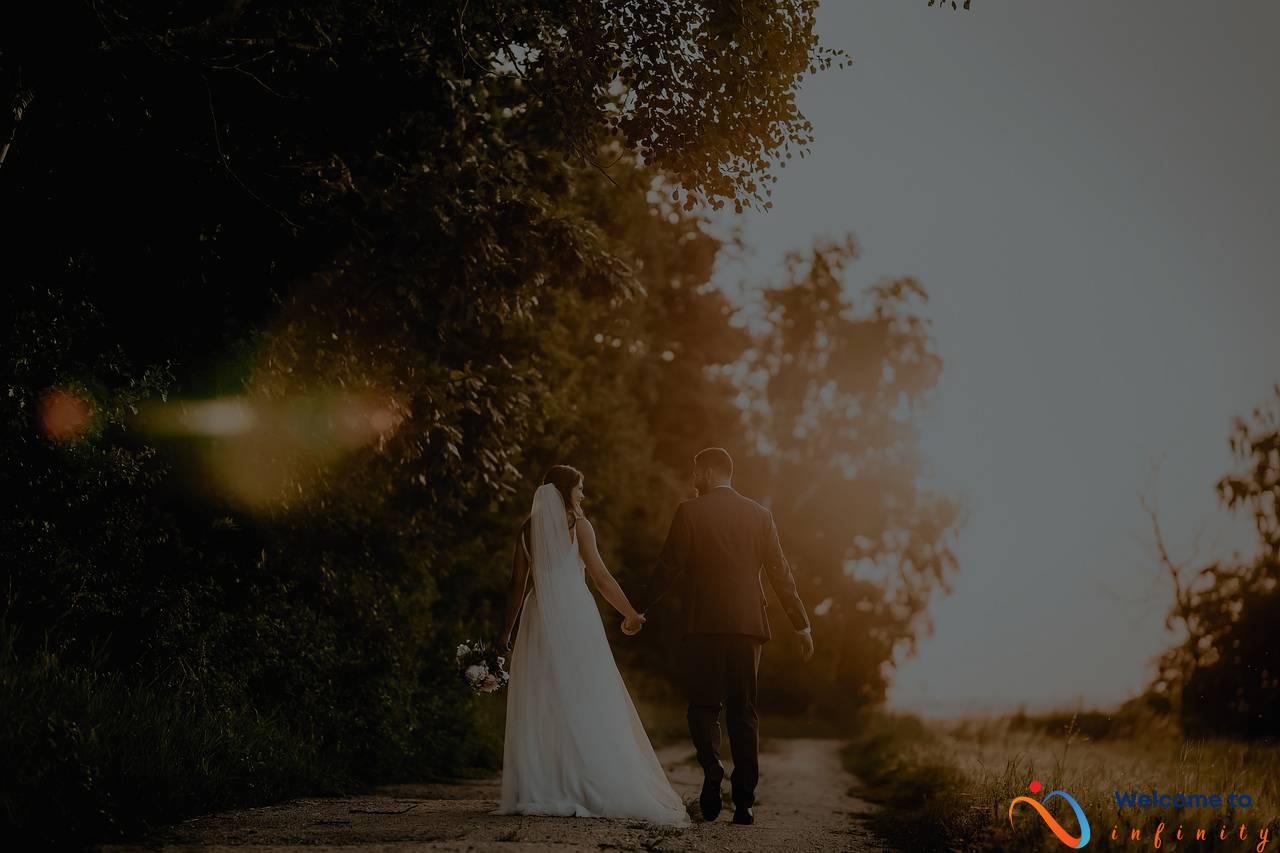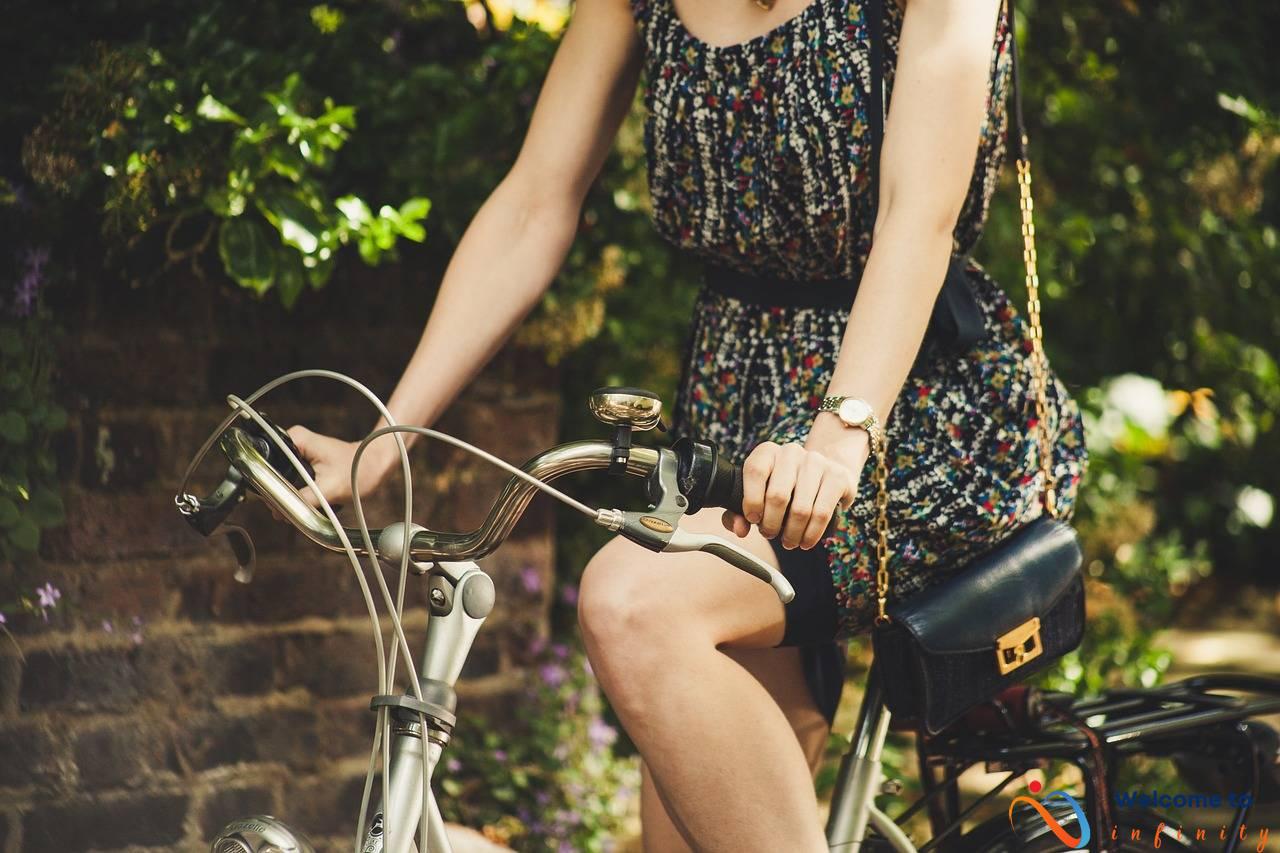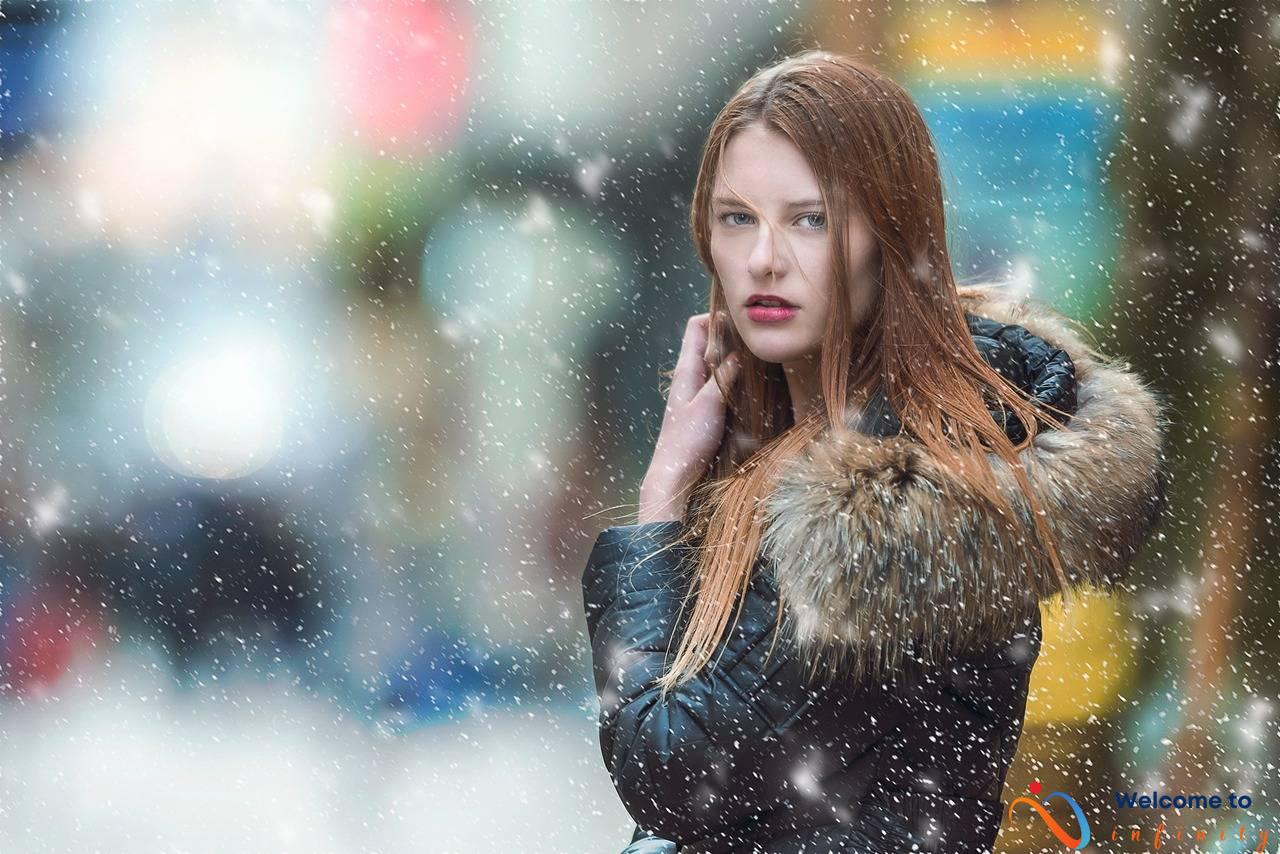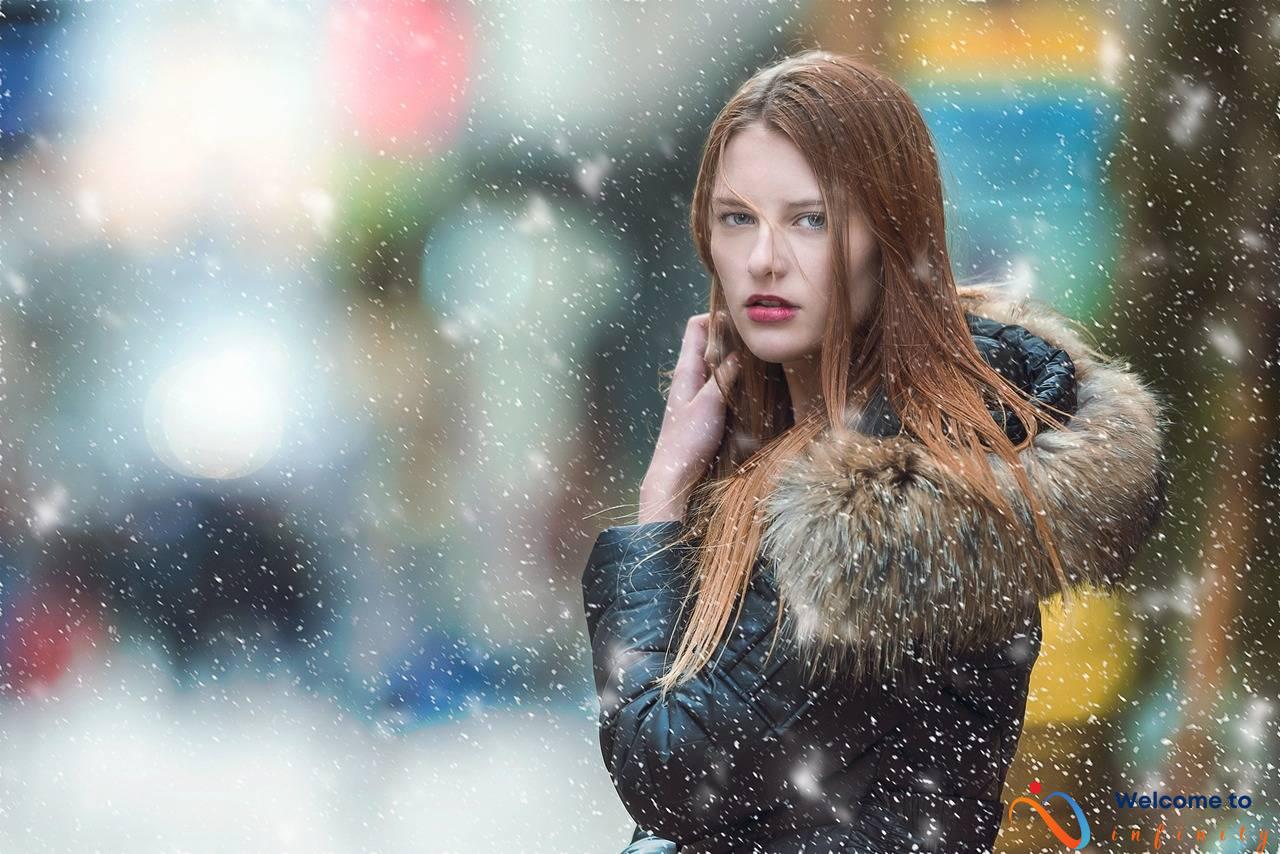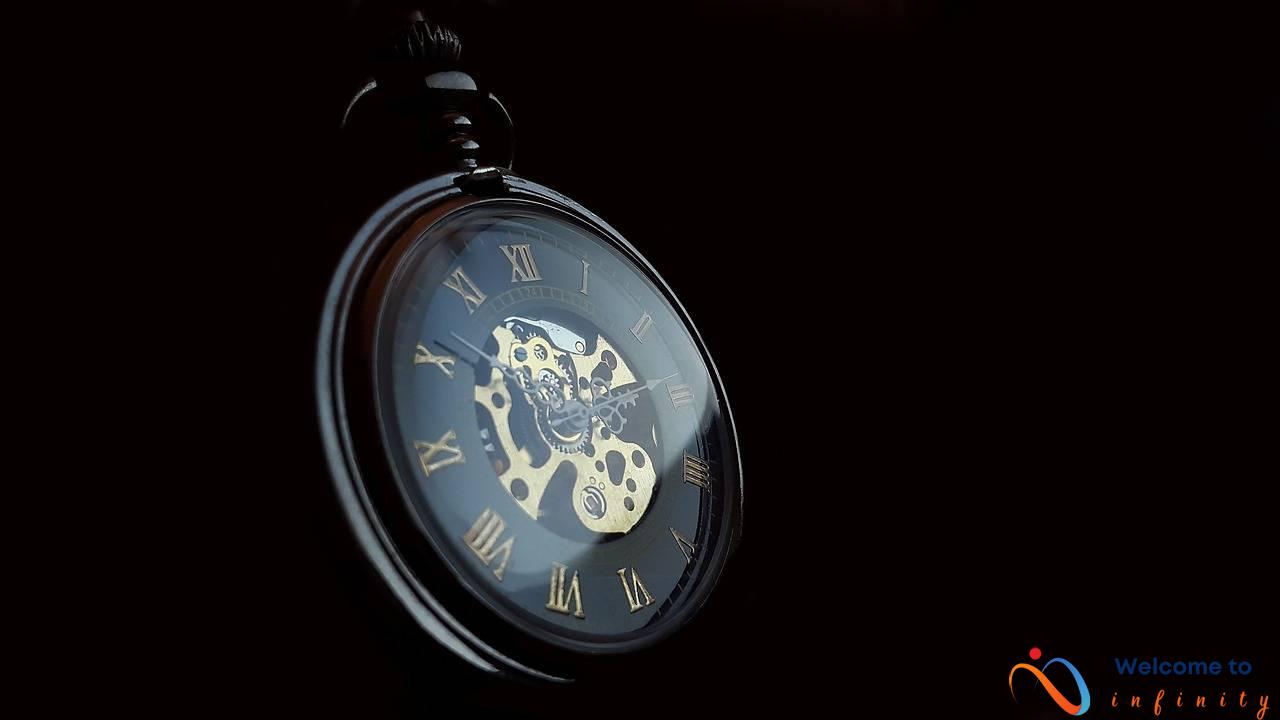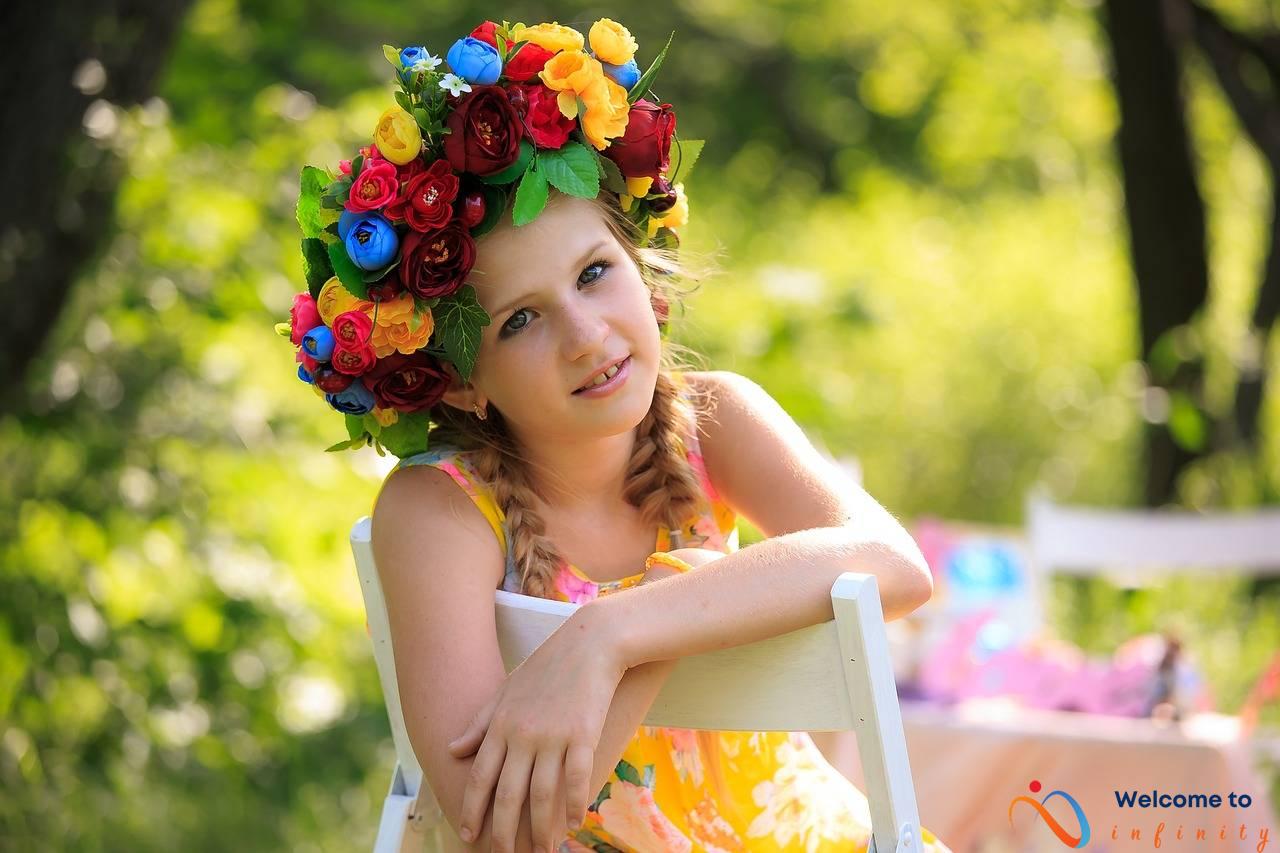Fashion shows are more than just the outfits hitting the runway. Behind the scenes, a team of talented individuals makes it all happen. From the designers, stylists, and makeup artists to the photographers, models, and event organizers, the people behind the scenes are essential in bringing the show to life.
First up are the designers. They work tirelessly on their collections, from concept and sketching to fabric selection and garment construction. The designs must then undergo fittings and alterations before it's time for the runway. Producing a runway show is no small feat, and designers need to collaborate with an entire team to bring their vision to life.
Next are the stylists and makeup artists. They are in charge of creating a cohesive look that complements the designer's vision, while still showcasing their own creativity. They work with each individual model to create a unique look that fits the overall aesthetic of the collection. It's no easy task, as they must navigate complex backstage dynamics and adapt to any changes quickly.
The models themselves are an essential part of any fashion show. They are the ones showcasing the designer's creations and embodying the look and feel of the collection. Behind their stunning appearance on the runway lies an arduous process of castings, fittings, and rehearsals. Fashion is a tough industry, and models must constantly work to improve their craft.
Last but not least are the event organizers and photographers. They are responsible for capturing and presenting the show in the best possible light. Organizing a fashion show is an enormous undertaking, from coordinating schedules and models to ensuring every last detail is perfect. Photographers must also be quick on their feet to capture the perfect shot in a fast-paced, high-pressure environment.
These are just a few of the talented individuals who make fashion week what it is. They work together to create a seamless and unforgettable experience, showcasing the best designs from around the world.
The Designers
Designers are the creative masterminds behind the collections showcased during fashion week. Their designing process often begins with a vision that can take months to develop into a complete collection.
The process typically begins with research into current fashion trends and upcoming styles, which the designer may then use as inspiration for their own designs. They then sketch out various ideas, which they refine into complete designs. Once the designs are final, fabrics are chosen, and patterns and prototypes are created to ensure the best fit and feel. From there, it's all about putting the collection together for the runway.
But the designing pitfalls don't end there. Designers often face challenges when attempting to bring their vision to life through their designs. Often, they must balance creating an aesthetically pleasing collection with creating a collection that is practical and functional for everyday wear. Budgets and timelines can also be a challenge, as designers must adhere to strict deadlines and budgets to keep their collections on track.
Despite the challenges, fashion designers remain dedicated to bringing their visions to life, and seeing their collection on the runway is a dream come true. It's often said that a good designer can create a collection out of nothing, and the hard work and dedication that goes into every garment is evident in the finished product showcased during fashion week.
The Stylists and Makeup Artists
Without the essential touch of stylists and makeup artists, the visionary designs of the designers wouldn't be fully realized. Their techniques and methods play an integral part in bringing the fashion to life on the runway.
Stylists and makeup artists adapt the designer's vision while infusing their own creativity to create a cohesive and compelling look. From analyzing the designer's collection to deciding on the right hair and makeup, they work tirelessly to ensure that every detail seamlessly coalesces.
Their work can range from classic to avant-garde, depending on the designer's vision. They take inspiration from everything around them, be it films, art, or even nature. Their creative process is not just limited to trends or a particular look; it's all about creating something unique and extraordinary that fits the designer's aesthetic.
Stylists experiment with different fabrics, accessories, and makeup to bring the entire outfit together. They work closely with the designers, taking into account what they want to express in their collection, and then make numerous adjustments to get the desired look. Similarly, makeup artists experiment with different looks that will enhance the overall aesthetic of the collection.
They work efficiently under tremendous pressure, often in cramped backstage areas where time is of the essence. Their ability to stay calm, creative and adaptable makes them a vital part of the team which ensures that everything comes together seamlessly.
Stylists and makeup artists are often celebrated for their creativity and innovation in the fashion world. They play a vital role in shaping the industry, and their ability to blend different elements to create stunning looks is nothing short of admirable.
The Models
For models, fashion week is the most intense time of the year. With hundreds of castings, fittings, and runway shows, it's a nonstop whirlwind that lasts for weeks. Being a model during fashion week is not just about being tall and having angular features, but also about having the stamina and emotional fortitude to handle the pressure.
Before hitting the runway, models attend castings where they meet with designers and walk in front of them to see if they fit the designer's vision. The competition is fierce, with hundreds of models vying for just a few spots in each show. Models must have a thick skin as rejection is a constant in the industry. However, landing a coveted spot can be life-changing, opening doors to new opportunities and lucrative contracts.
Once cast, models attend multiple fittings where they try on each look they'll be wearing on the runway. The fittings can be a long and tedious process, lasting for hours with multiple stops and starts. As each show has its own unique look, the fittings are critical to ensuring that the models move with precision and grace on the runway.
- Fun Fact: Models often have to change clothes backstage in under 30 seconds, making for a frantic and adrenaline-fueled few minutes between looks.
Despite the stress and long hours, the models find fulfillment in their work and their contribution to the fashion industry. Fashion week is a way for them to showcase their skills and to inspire others with their unique sense of style and grace. For many models, the runway is just the beginning of their careers, and fashion week provides a platform for them to launch into larger projects and campaigns.
As fashion week continues to evolve, models will continue to play a crucial role in the industry, inspiring us with their beauty and pushing the boundaries of fashion with innovative and creative ideas.
The Event Organizers and Photographers
As important as the fashion designers, stylists, models, and makeup artists are, organizing a fashion show wouldn't be possible without the tremendous efforts of the event organizers and photographers. Behind the scenes, they work tirelessly to ensure that everything runs seamlessly. But it's not always easy. Let's uncover the struggles they encounter in the fashion industry.
Organizing a fashion show involves incredibly complex logistics. It's the responsibility of the event organizers to ensure that every aspect of the show is taken care of, including booking the venue, hiring the lighting and sound crew, and coordinating with the models, makeup artists, and designers. All of these efforts come together to create a visually stunning display that leaves a lasting impression on the audience.
The photographers also play a vital role in a fashion show. They are responsible for capturing the perfect shot that showcases the models and designers in their best light. The photographers must navigate around the runway, ensuring they don't interfere with the audience's view while also capturing each model's walk with precision.
Lighting and timing are critical to creating the perfect shot in a fashion show. The photographers have to work hand in hand with the lighting crew. It's essential to adjust the lighting according to the designer's requirement, enhancing the glamour and style of the clothing. The photographers also have to be mindful of the timing, ensuring that they capture the right shot at the right moment.
Moreover, the challenges faced by photographers and event organizers are extensive. It requires a lot of patience and perseverance to work in the fashion industry. Photographers must deal with different lighting conditions, horrible weather conditions, and tight deadlines. Event organizers have to deal with the pressure of managing a team and coordinating everything in real-time.
In conclusion, the fashion industry is a unique blend of creativity and organization. The event organizers and photographers are the unsung heroes, ensuring that the fashion show runs as smoothly as possible. Working with such tremendous pressure and tight deadlines requires a lot of courage and determination. It's undoubtedly a beautiful and breathtaking experience, but it also comes with its own set of challenges.

